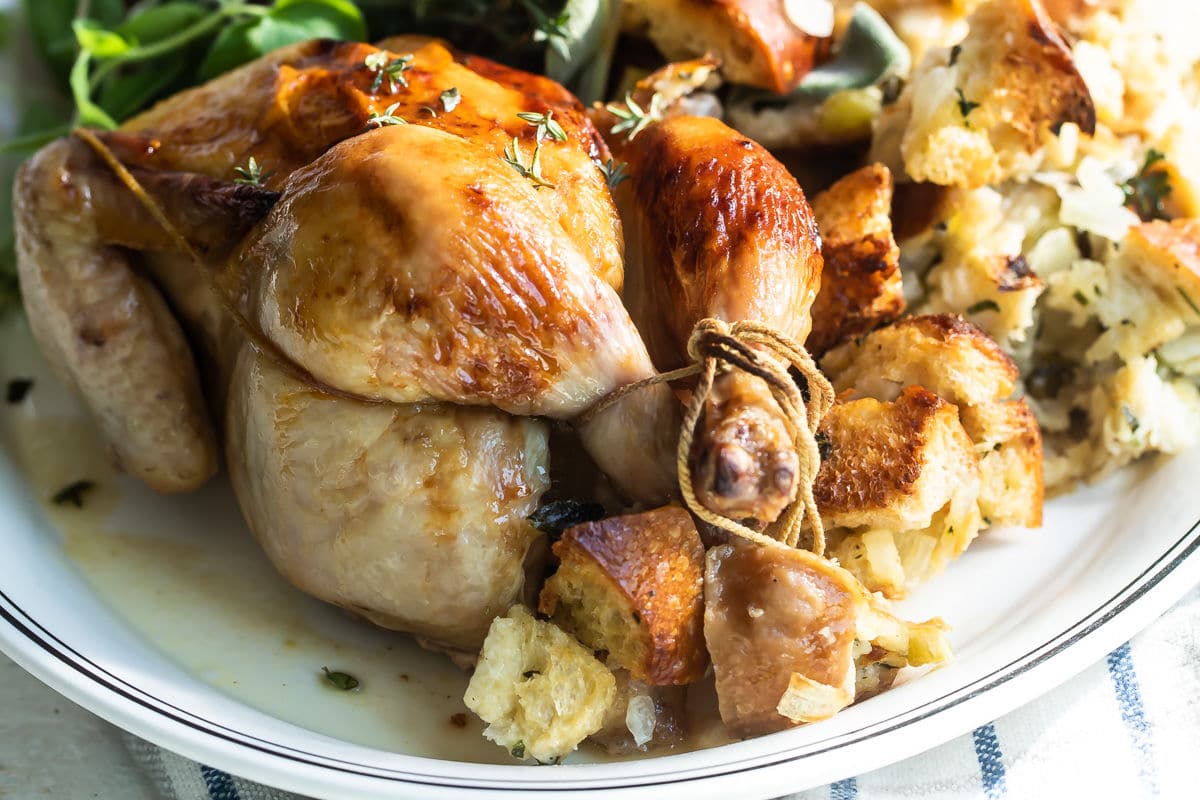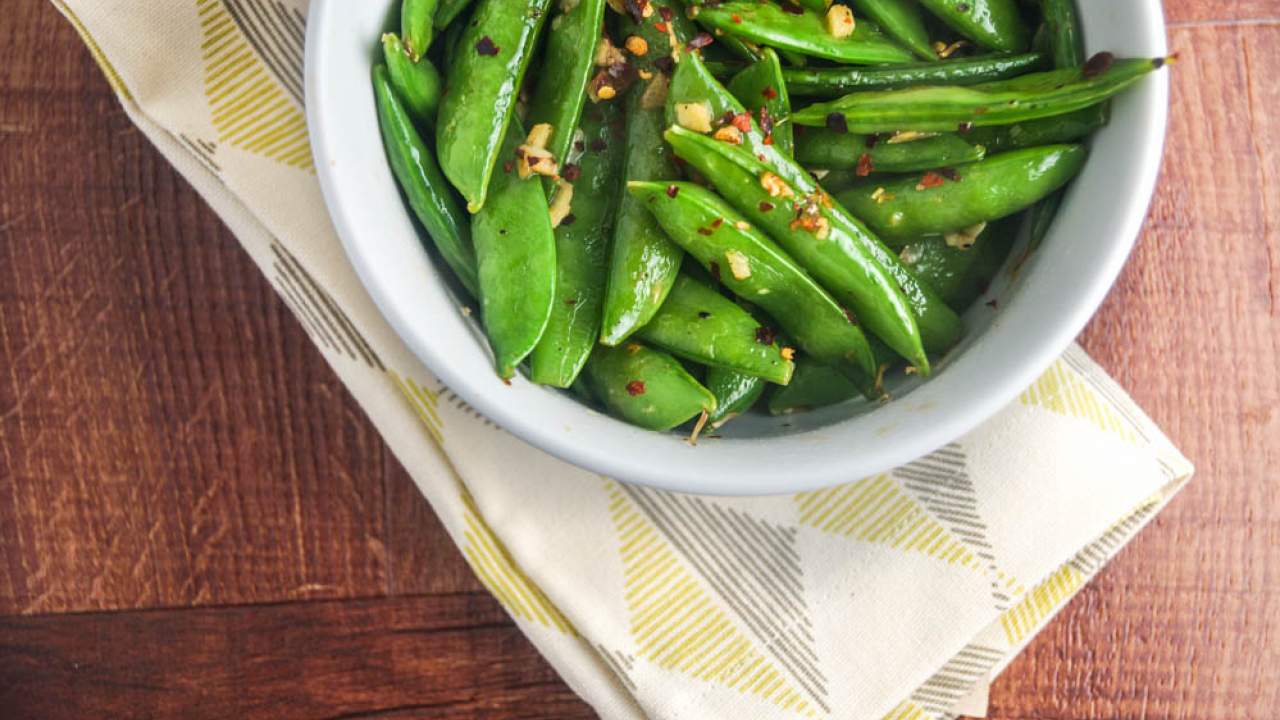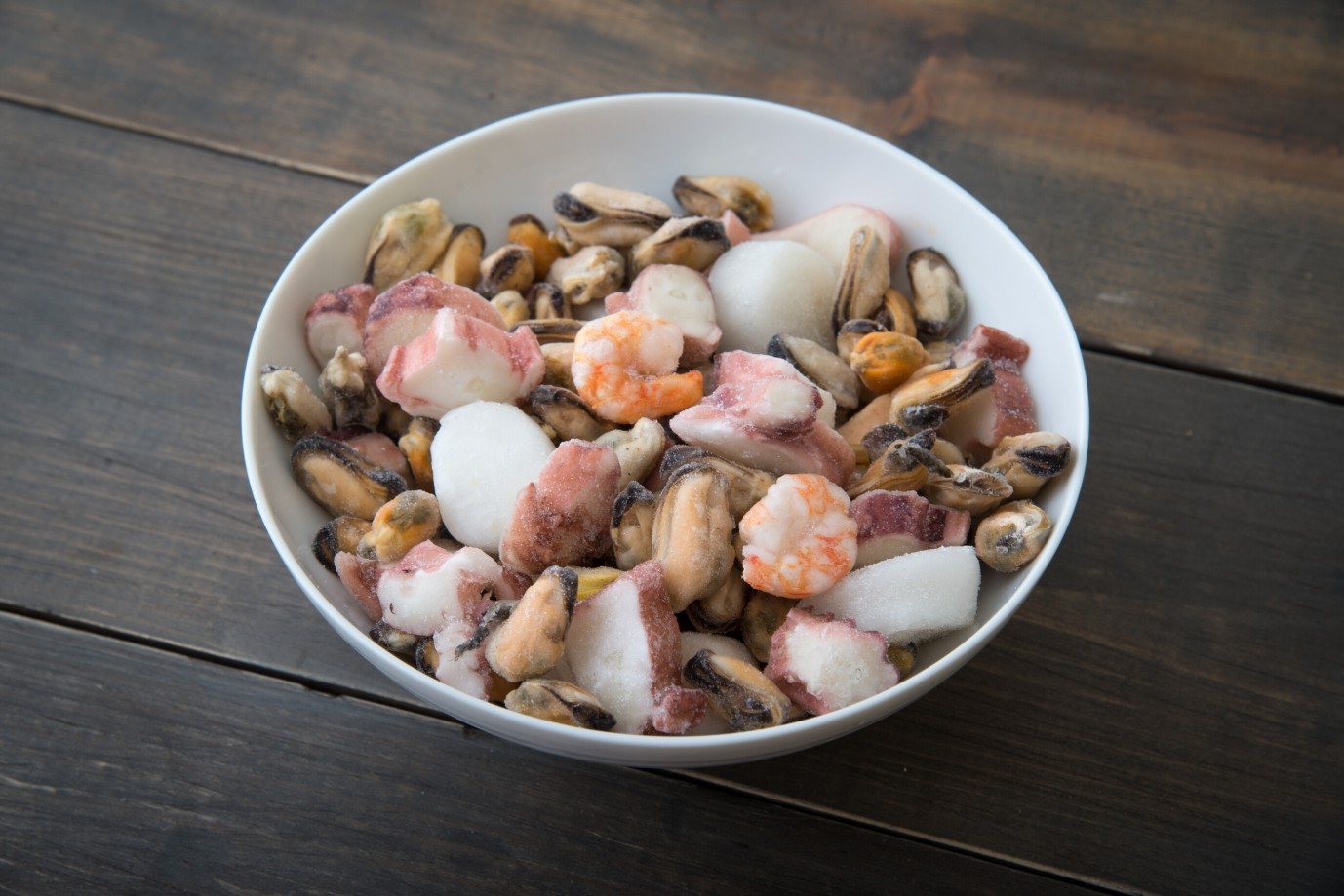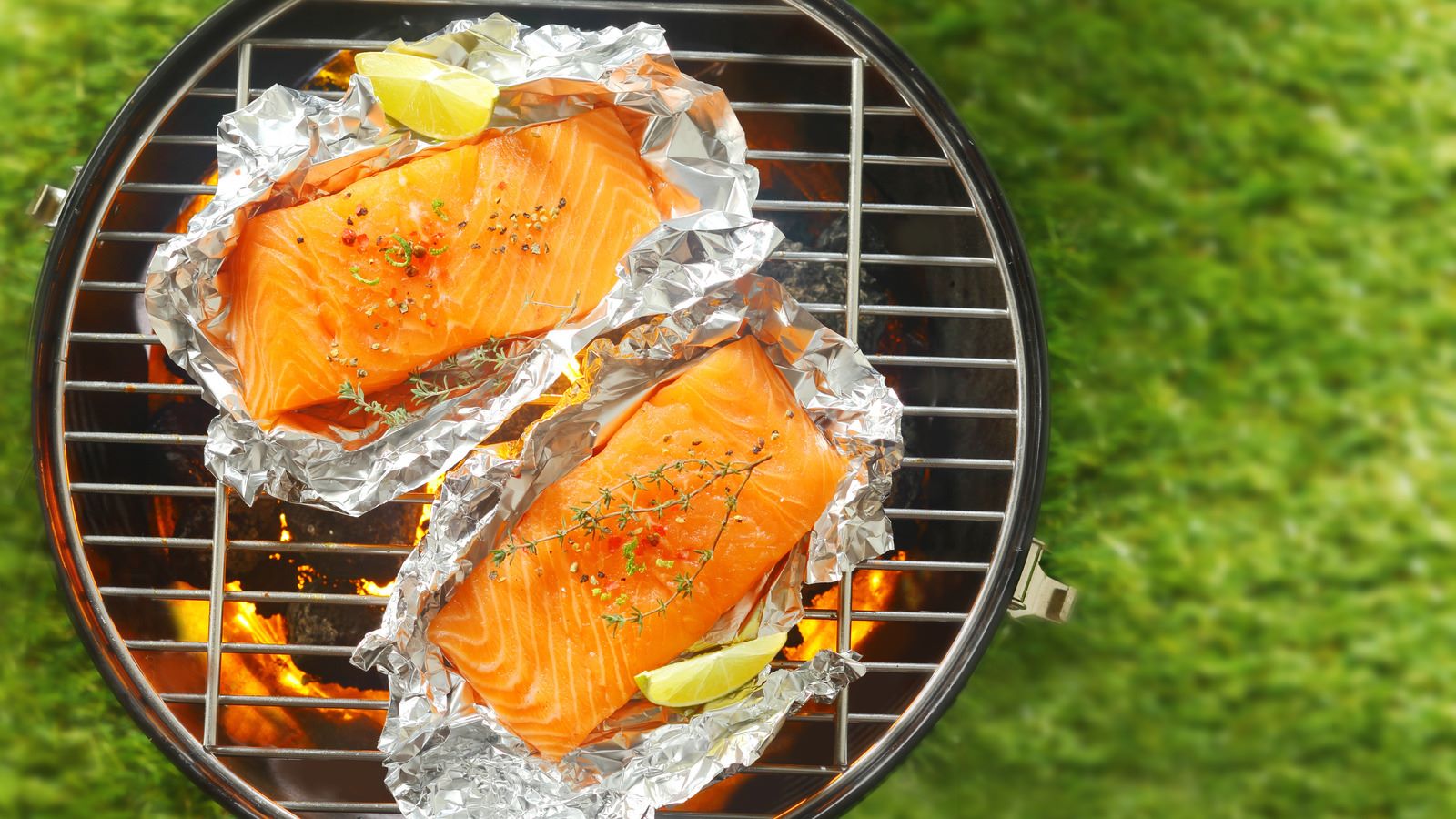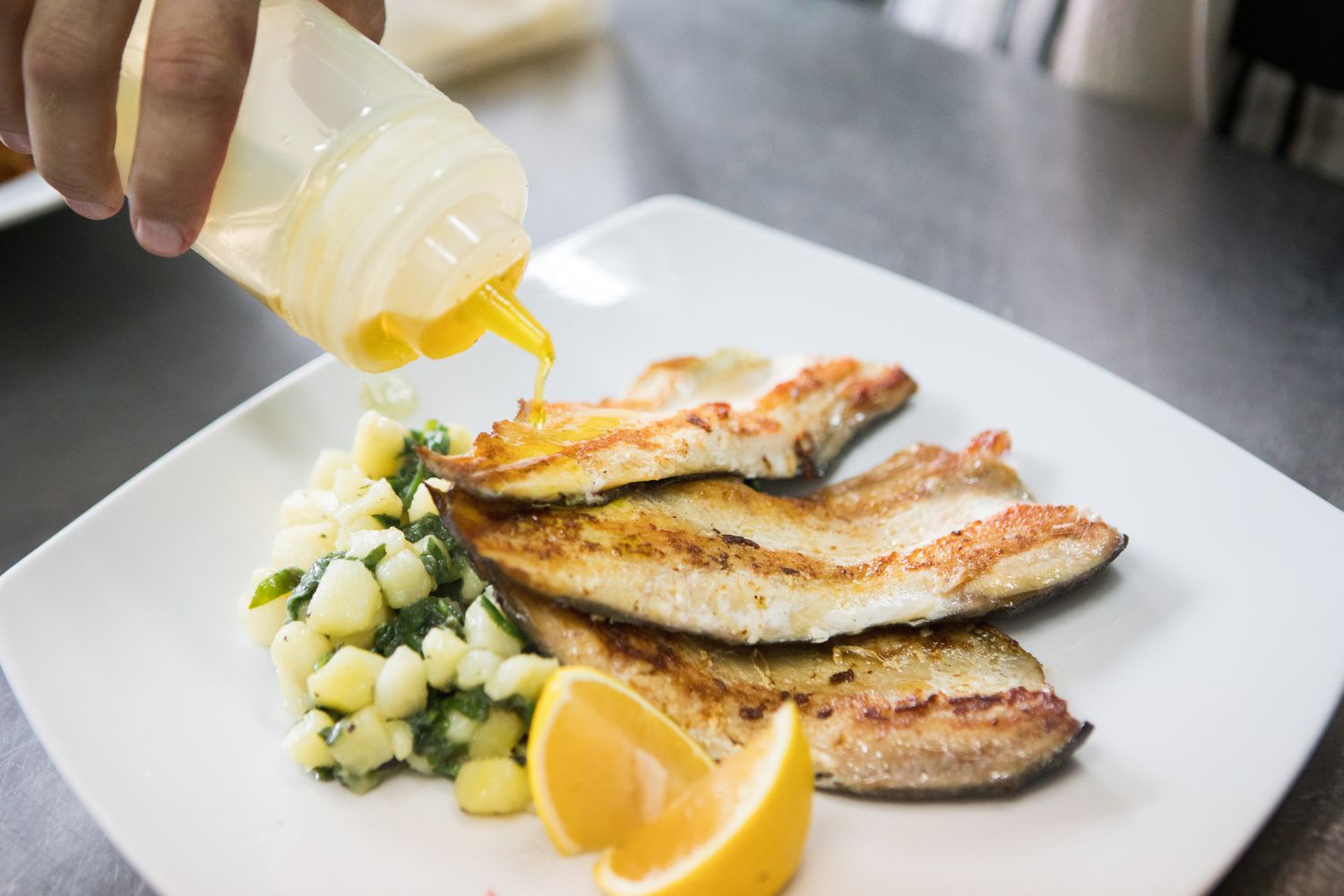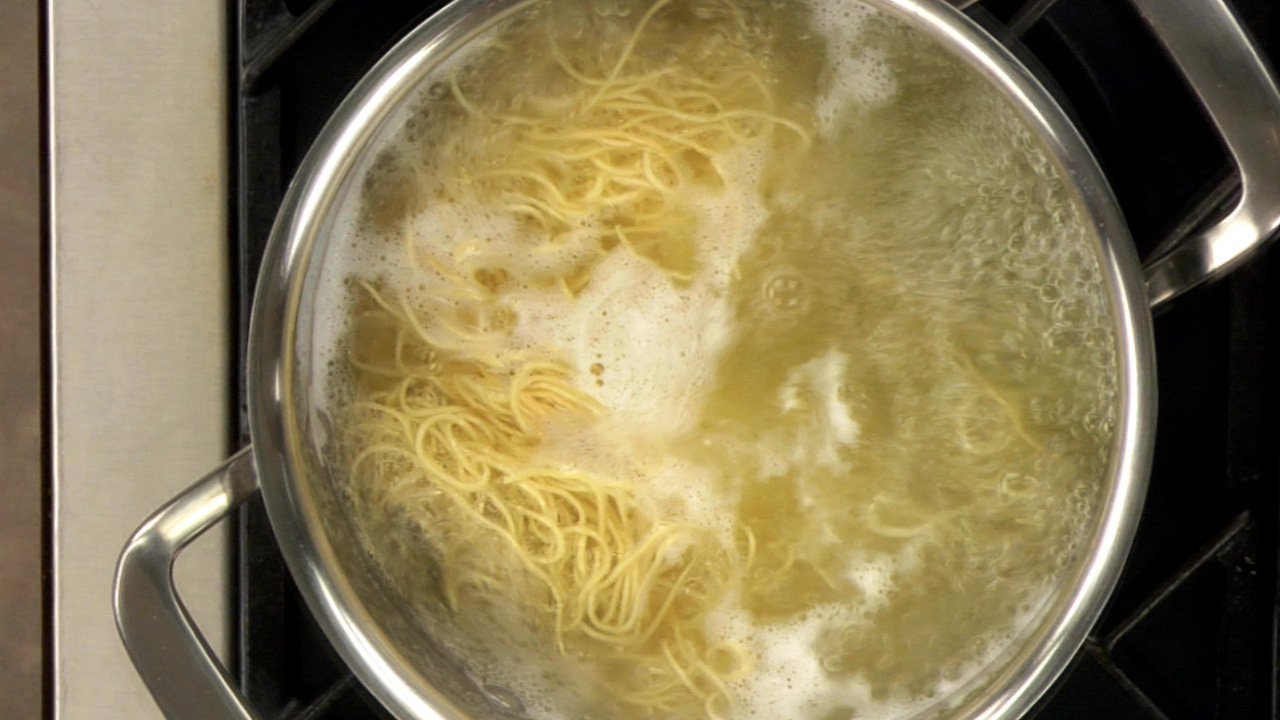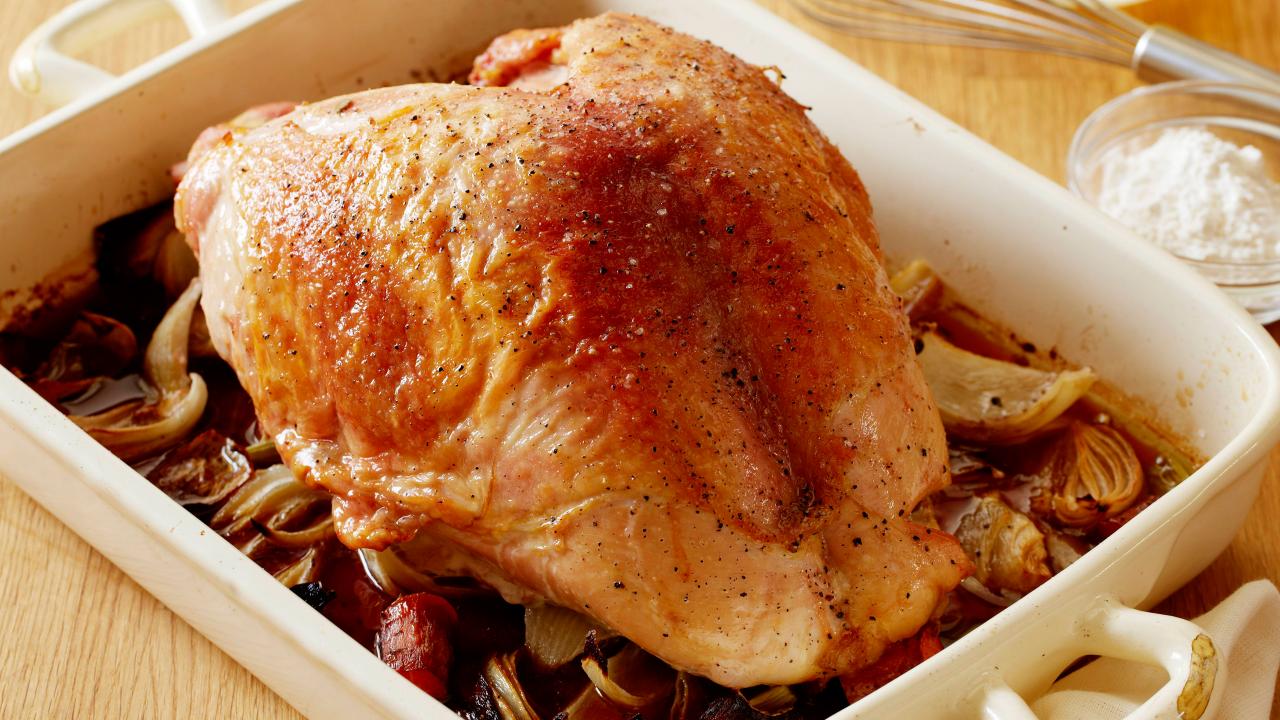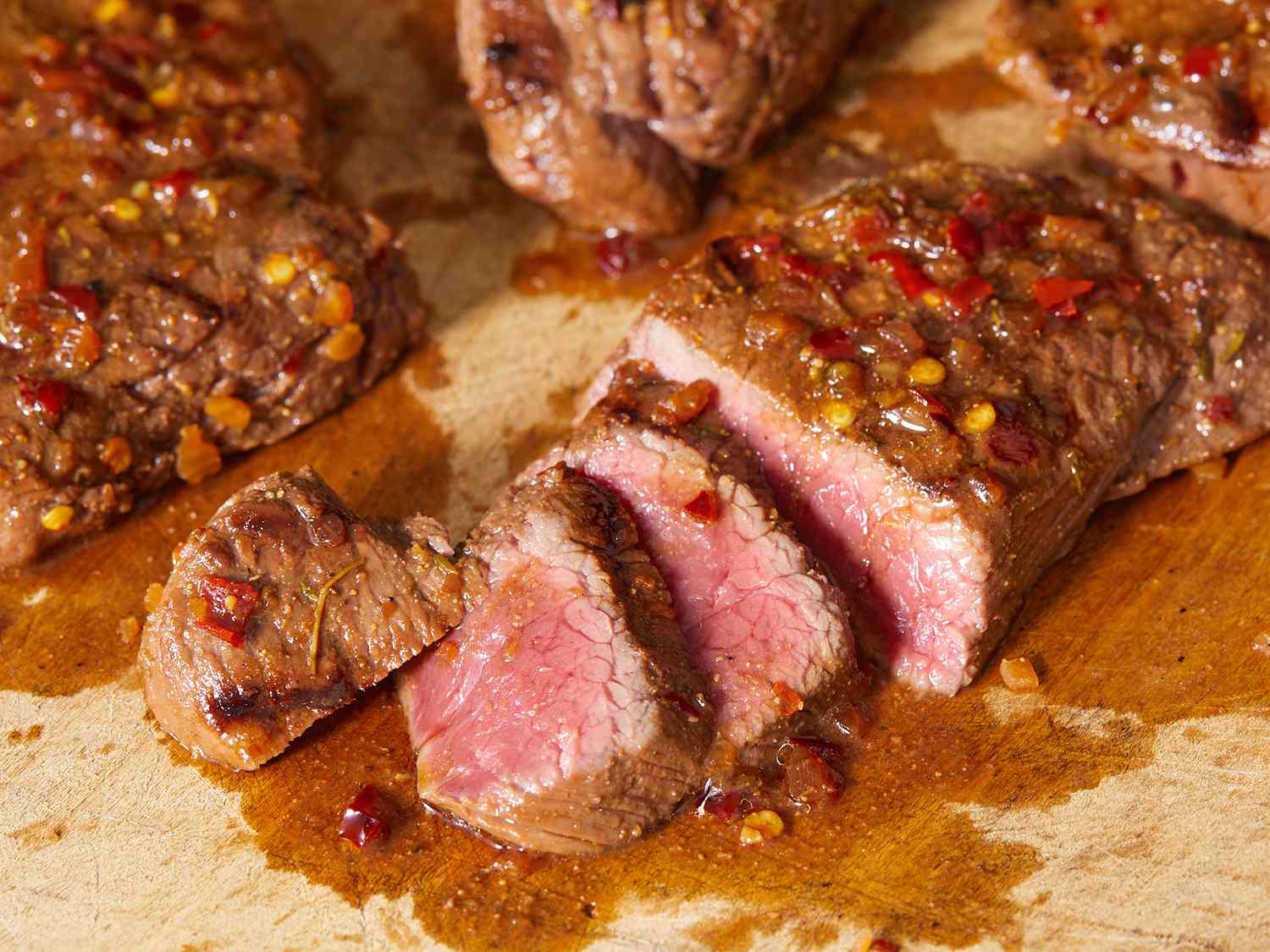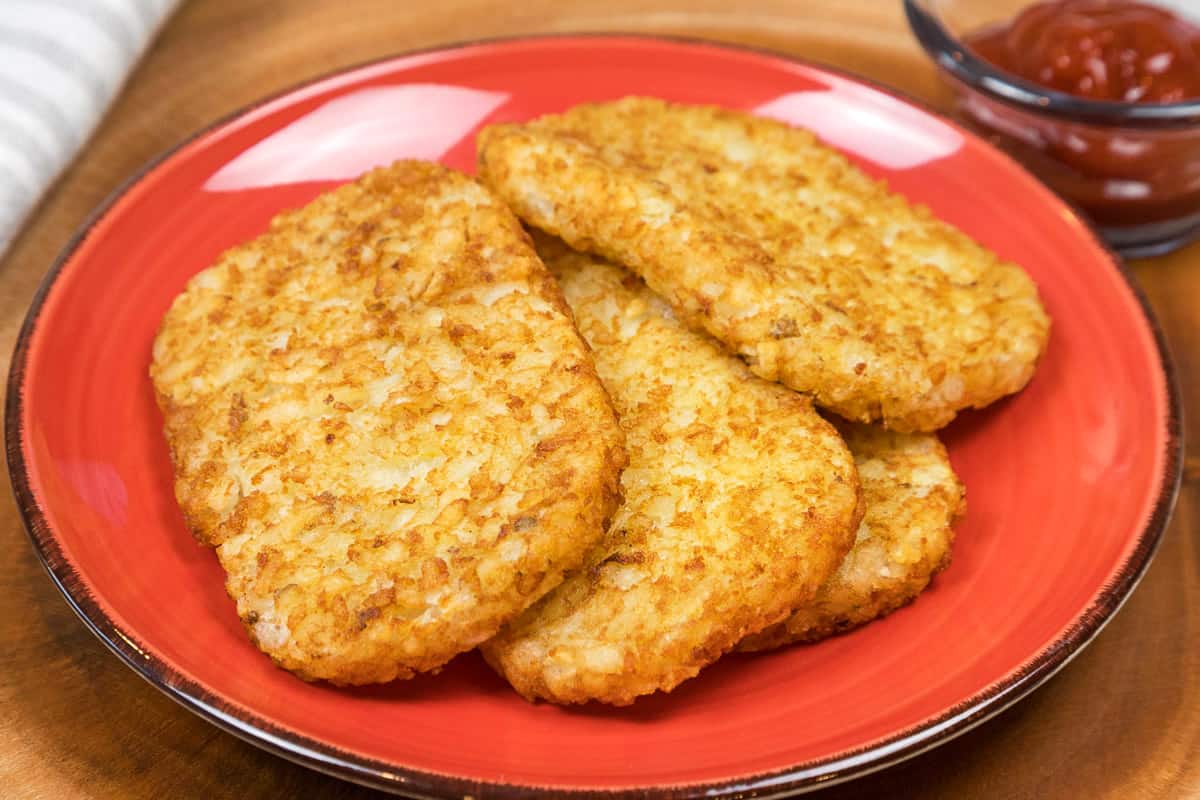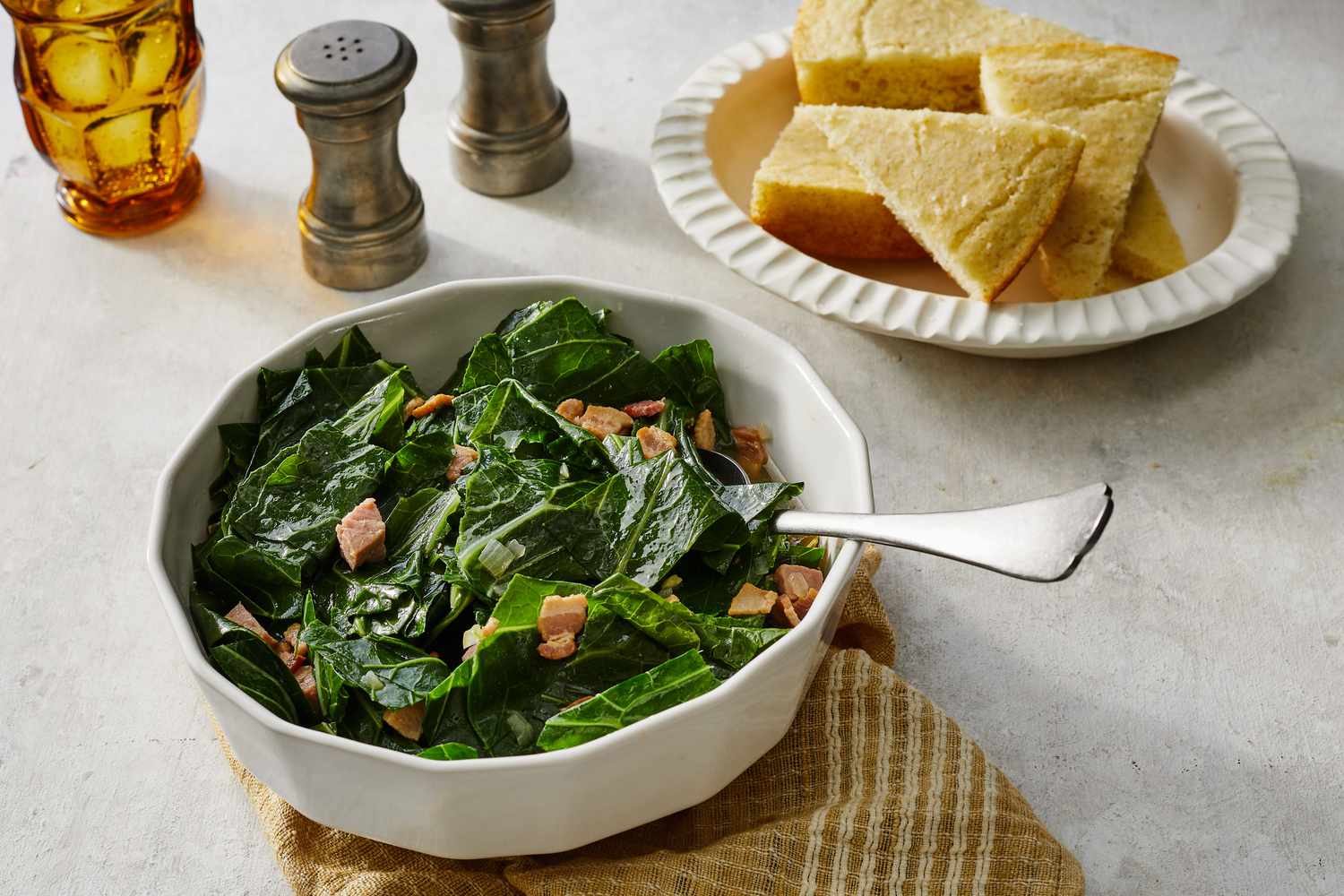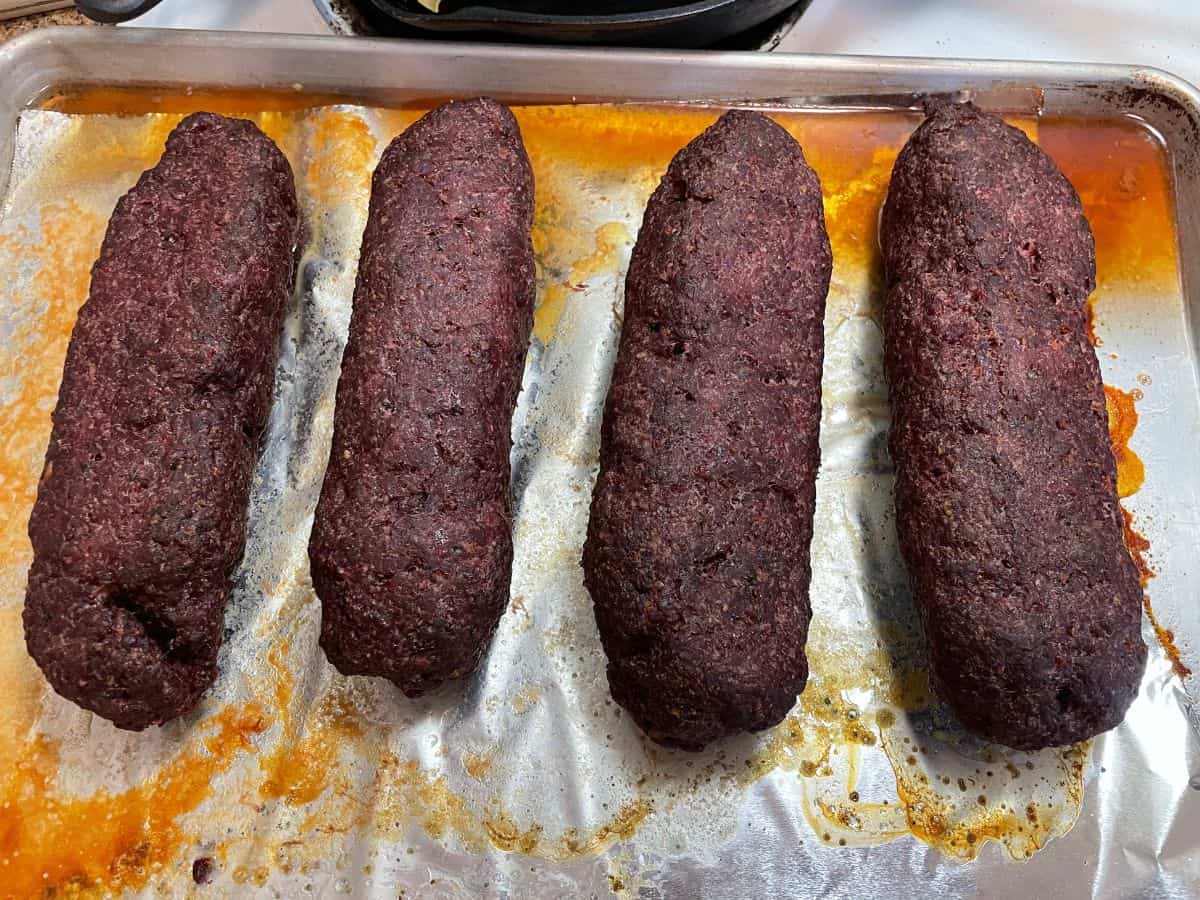Welcome to an Elevated Culinary Experience!
Are you ready to embark on a culinary adventure that will take your taste buds to new heights? In this article, we will explore the art of cooking with pot, unlocking the tantalizing flavors and incredible aromas that this versatile ingredient has to offer. So, let’s roll up our sleeves and discover how to incorporate pot into your favorite dishes!
The Basics of Pot Cooking
Before we dive into the specifics, it’s important to understand the basics of pot cooking. Pot, also known as cannabis, contains THC, the psychoactive compound responsible for its effects. When cooking with pot, it’s crucial to activate the THC through a process called decarboxylation.
To decarboxylate your pot, break it into small pieces and spread it evenly on a baking sheet. Bake it in the oven at 240°F (115°C) for 45 minutes to an hour. This step ensures that the THC is activated and ready to infuse its magic into your recipes.
Infusing Pot into Your Culinary Creations
Now that we have our decarboxylated pot ready to go, it’s time to explore various ways of infusing it into your favorite dishes:
- Infused Oils and Butters: One of the simplest ways to incorporate pot into your cooking is by infusing it into oils or butters. Melt your desired fat (such as coconut oil or butter) on low heat and add the decarboxylated pot. Simmer gently for 2-3 hours, stirring occasionally. Once infused, strain out the plant material, and voila! You have deliciously potent oil or butter ready to use in your recipes.
- Homemade Edibles: Get creative in the kitchen by infusing your pot into delectable homemade edibles. From cannabis-infused brownies to luscious gummies, the possibilities are endless. Just remember to adjust the dosage according to your preference and ensure proper labeling if sharing with others.
- Flavorful Pot Seasonings: Take your spice cabinet to a whole new level by creating your own pot-infused seasonings. Grind the decarboxylated pot into a fine powder and mix it with your favorite herbs and spices. Store it in an airtight container and sprinkle it onto your dishes for an added kick of flavor and a touch of relaxation.
- Refreshing Pot Beverages: Quench your thirst with cannabis-infused beverages that will make your taste buds tingle. From infused teas and coffees to aromatic cocktails, there’s a pot beverage to suit every mood. Just remember to enjoy responsibly and be mindful of the effects.
Experiment and Explore
Now that you have the basics of cooking with pot, it’s time to unleash your culinary creativity. Experiment with different recipes, flavors, and dosages to find the perfect balance that suits your taste and desired experience. Don’t be afraid to get adventurous in the kitchen and share your newfound culinary creations with friends and loved ones.
Remember, cooking with pot is an art that requires mindfulness and responsibility. Always be aware of local laws and regulations regarding cannabis use and consumption. Start with small doses, be patient, and allow the experience to unfold.
Conclusion
Embrace the world of pot-infused cuisine and elevate your culinary skills to new heights. By following the steps of decarboxylation and exploring various infusion methods, you can turn your kitchen into a canvas for delicious and unforgettable creations.
So, gather your ingredients, let your imagination run wild, and savor the incredible flavors that come with cooking with pot. Bon appétit!
Was this page helpful?
Read Next: How To Cook Butternut With Water
